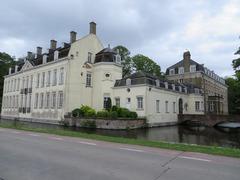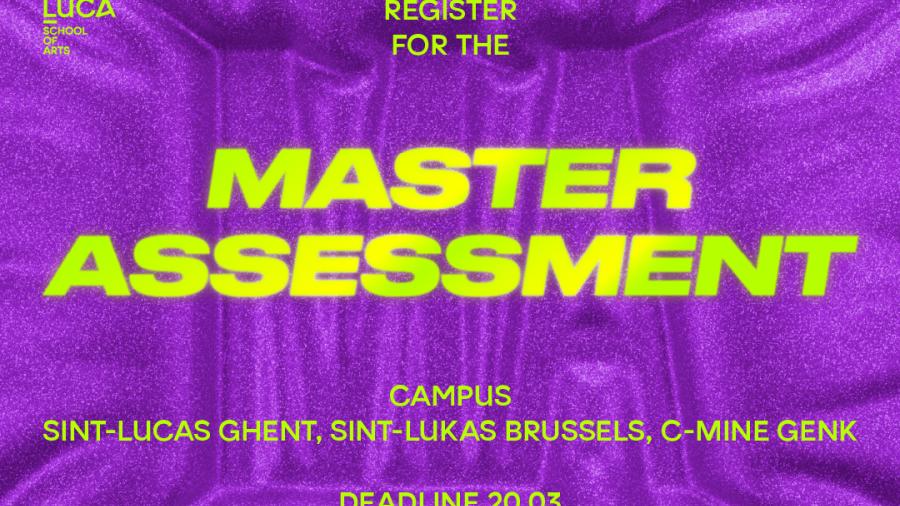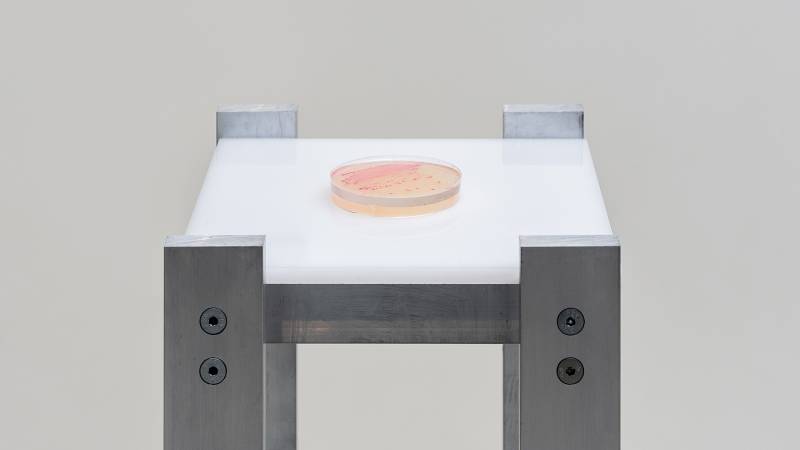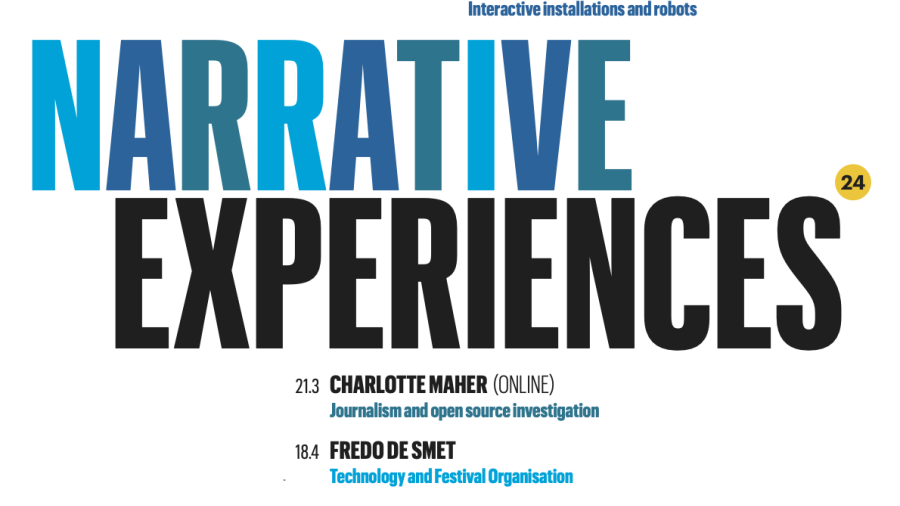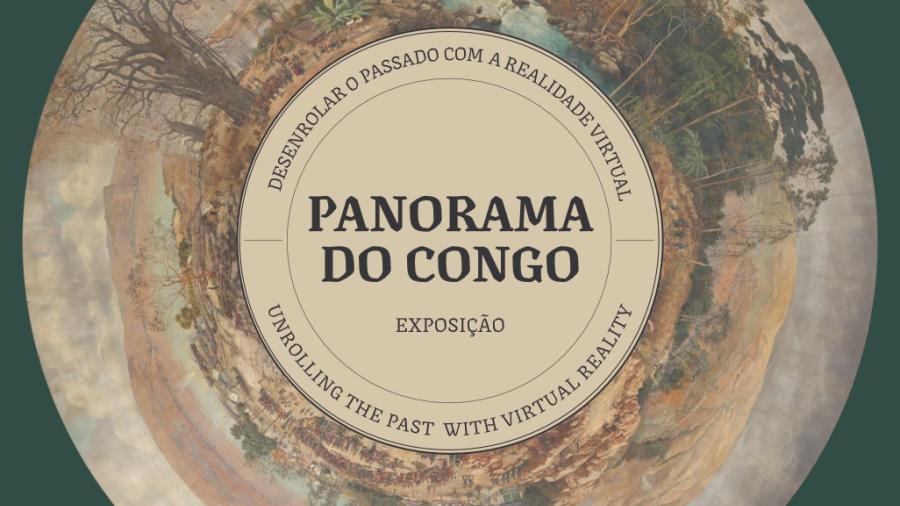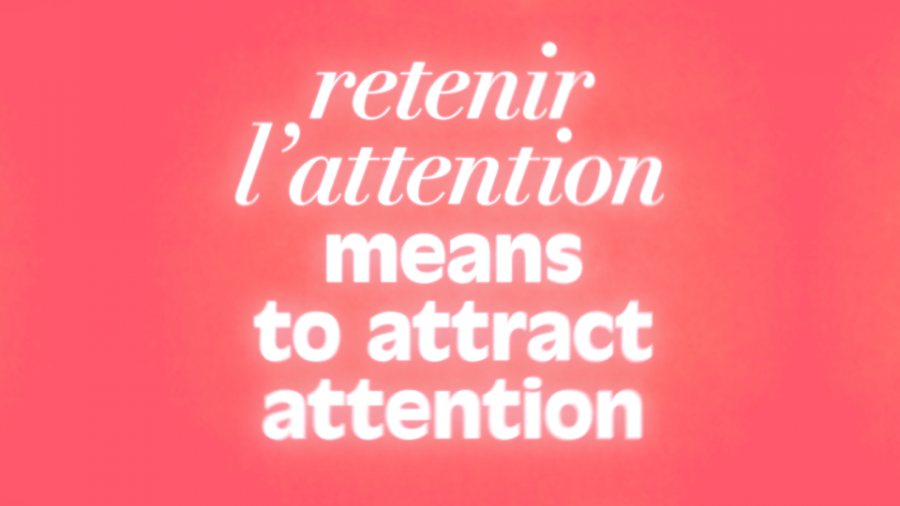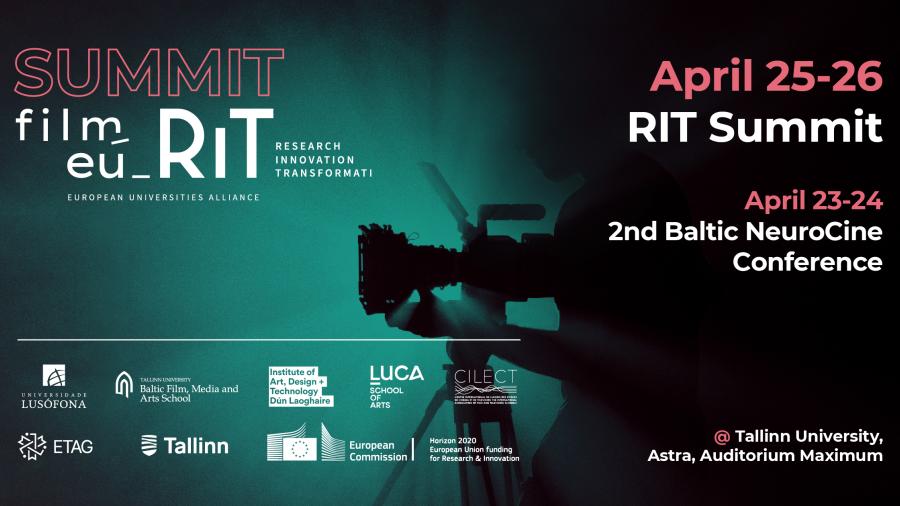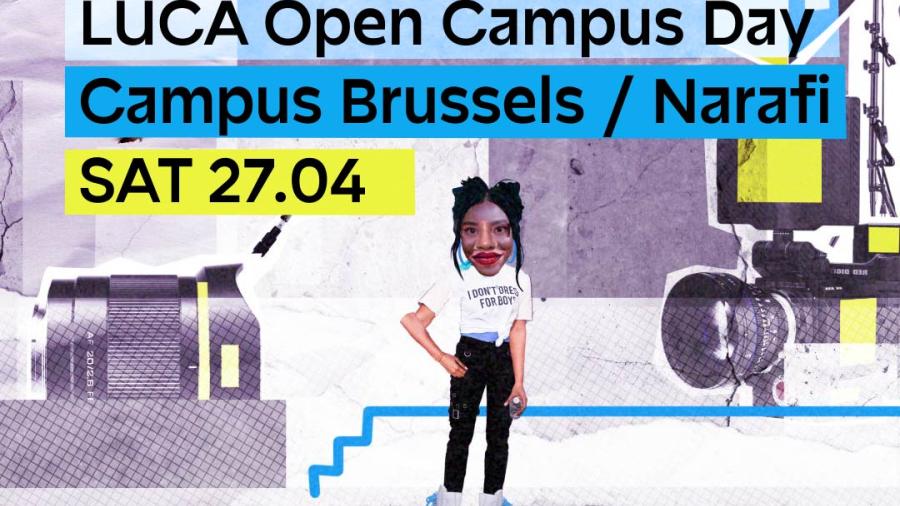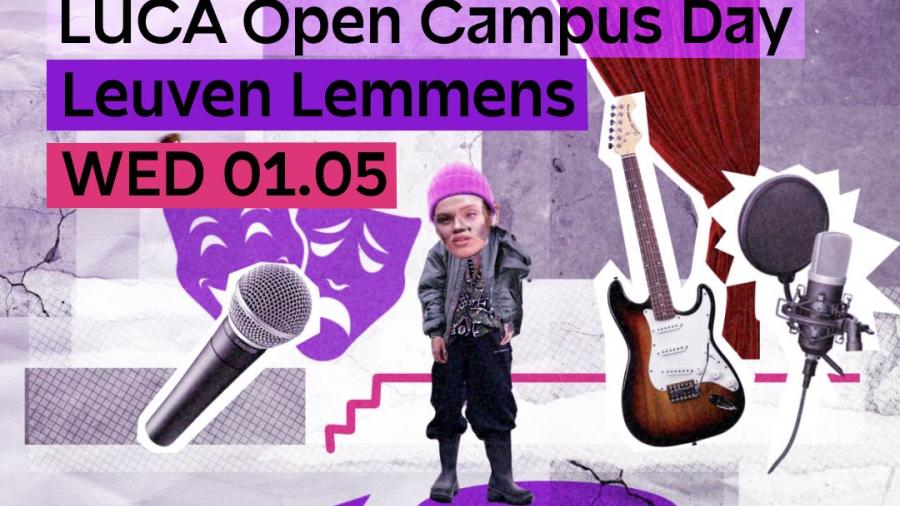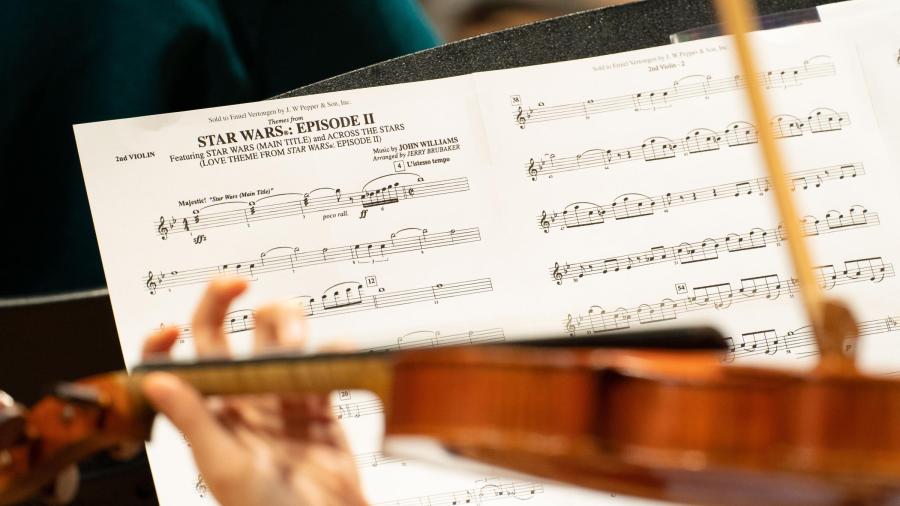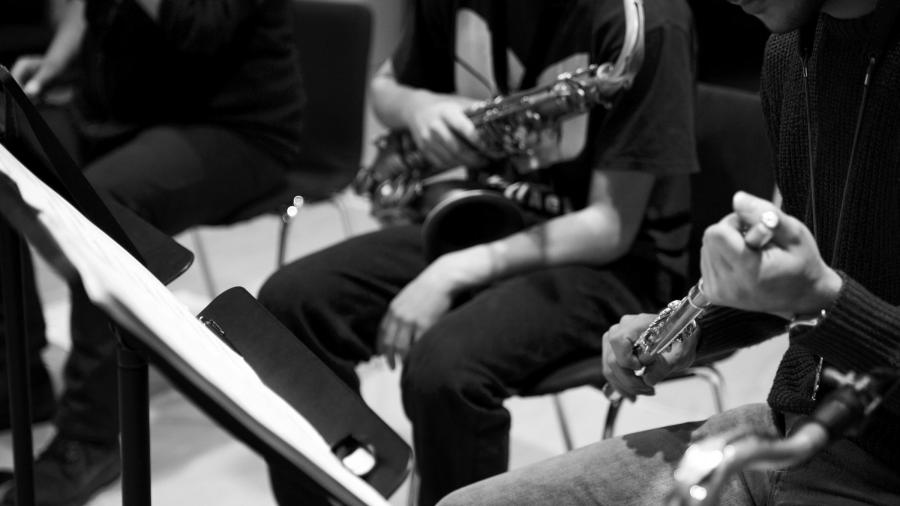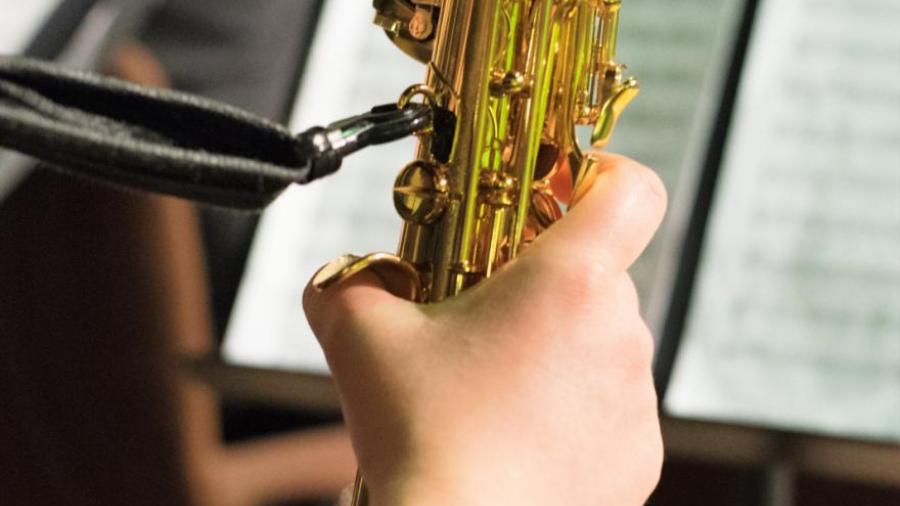Memories for the Future
LUCA Young Artists 2021
MEMORIES FOR THE FUTURE
Young artists are just graduating, exhibiting in a historic manor and already drifting along with the flow of history. The past marks us in a thousand and one ways, not only as historical knowledge but especially unconsciously in life itself. We carry the heritage in our DNA, in our habits, in language and immaterial culture. All art is a bearer of its time, whether it stubbornly adheres to tradition or aims for an iconoclasm. The clock is inevitably ticking and it is precisely art that clings to the past or sails against it that becomes part of an image of time. Nothing prevents the artist from taking in life to the full and, at the same time, from gaining countless impressions with youthful curiosity. In the end, it’s his personality that makes an original contribution to art.
Art in a historical decor
A monument like Ter Beken carries with it a backdrop of three centuries, especially the eighteenth and early nineteenth centuries. This asks for respect, absorbs the attention of the visitor and interferes with the contemporary artworks. Therein lies the danger that the past will dominate and the young artist will bend to the complacency of the environment that surrounds his work. Then nostalgia replaces topicality. In that case, we aim more at a reconstruction of a bygone time that we've never experienced at first hand. This can be aesthetically and educationally interesting but makes abstraction of the time of the creation of the artworks. On the other hand, we can agitate against the past to such an extent that it distracts us from what we are trying to say. Or we could push away that 'disturbing decor' with ostentatious interventions. As curator of this exhibition, I resolutely opted for a different, more gentle approach. The individuality of the current artworks prevails. The works of art are central to the whole circuit. The red thread that we follow during our visit runs between them. This experience takes place in the autumn of 2021, a time in which many things are happening. Despite all the challenges, we expect a promising perspective for artists after a period of crisis. We look ahead to other places and do not cling to elegant decor. That present past, however, accompanies us all the time along with rooms, stairs and corridors. The interweaving of the present with past centuries allows us to appreciate and put into perspective all the periods present. At the same time, each unique work of art enters into a relationship with the concrete space in which it functions: the ornaments, the volumes and the incidence of light, the perspectives on other rooms. While discovering, we shuffle between past and present towards the works of art. We forget the eras of fixed events and enter a mental space. One filled century after another flies by, but in a deserted lounge, each period seems to last an eternity, full of undecided twists and turns. There is still space for fantasy and alternative timelines. The thread on the coil has not yet been uncoiled and can still go in many directions. In this abstract experience, our creativity prevails over fixed chronology. Between the cracks and crevices of the walls, we end up in our time-space, which we fill with our creative fantasy.
A new generation of artists
Among the artists graduating from LUCA School of Arts in 2021, we found some remarkable talent. To such an extent, that the final choice was not obvious. The objective of a strong exhibition inevitably leads to those with outstanding work at this graduation moment. Surprisingly, these artists succeed in integrating their artwork into the unforeseen setting of the manor. Along the way, we notice a common factor among all their differences. In their optimism about their own time, they hark back to aspects of the universal heritage of this planet, combined with a generous dose of imagination.
Compositions of intimate texts are grafted onto Paulien Jans' tapestries as if they were a lasting testimonial to the stresses of family life. The symbols on Celina Vleugels' 'textile paintings' lend a fairy-tale dimension to her life story. We are left to guess what is fact or what is imagination. Textiles are handled by the above-mentioned artists as fully-fledged autonomous art.
With rope, paint and tape, Bo De Maesschalck transforms used materials into hanging compositions. These assemblages float between remembrance of the original function and poetic reappropriation, or between references to real life and abstraction. With visual insight, the unappealing materials have been recovered in transparent compositions that accompany the visitor through the stair hall.
At first glance, Emel Bayat's drawings and videos focus on minimal forms. They are fragments that detach themselves from a larger entity (rocks or flower pots, for example) and gain autonomy in their abstraction. They can leave an aesthetic as well as a purely conceptual impact on the observer. After all, they also indicate the intimate character of the whole process of development that varies between movement and standstill.
In a parlour, the visitor is invited to enter a shielded theatre that questions the boundaries between fiction and reality. Where does staging begin and end? The multilayered set both invades our space and plays with the perception of depth. Who is the actor of which story and who came up with the projected comments? Minne Bezuijen questions the status of the story, the actors and the observer.
In the video installation 'Petal', Basile Rabaey submerges us in a strange story of a solitary man who tries to come to terms with his past. Soon his quest grows into an imaginary world full of dreams and mystery. What exactly is going on, or do we have to figure it out for ourselves? The powerful presence of wild nature, water and fire, sun and moon provokes a cosmic experience that goes far beyond the individual story. Each image seems charged with multiple meanings, as well as with references to art and cinema.
The juxtaposition of mankind and stunning nature is also at the core of Senja Vasunta Penttilä's work. Between the age of 3 and 14, she and her parents moved fourteen different times on three continents, after which she grew up in Belgium for eight years. She never felt at home, until she rediscovered the Scandinavian forests with their endless tree rows and secluded landscape. The subtle rendering of light and empathy with the subject are essential characteristics of her art practice. Photography is a popular medium that can be simultaneously straightforward and extremely complex. Kobe Ruysen purchased a family photography collection that had lost its original meaning. This kind of photography is far from any idea of art or a grandiloquent subject or utilitarian function. The artist uses it as an 'artistic researcher', interprets the found images, takes further artistic steps and presents the result as his work of art. Against enlarged family photos, he films his performances linked to the visual material. The final result looks like one big shelf full of individual photos, supplemented with film stills, video screens, folders and texts. It is as if we are having a look around the studio. Everything is displayed seemingly in a nonchalant manner, but there is an artistic ordering. In her sculptures and installations, Geerke Sticker refers to some of life's basic elements, often organic materials such as plants and milk, but also people and environments. In the Rococo salon, on the floor, she places a transparent sculpture of a breast in the middle of a pool of milk. The white liquid resonates with the white salon. On the sculpture, there is a paste of milk, which will evolve in time. A lot can be said about the symbolism. Both the Rococo era and the installation refer to rural life, while the organic milk and the natural process evoke the search for a fragile balance between man and nature. Finally, Mathis Bergez restricts himself to painting, but in this condensation lies his strength. He immediately enters a realm that carries the legacy of many eras and levels of consciousness. The painter is detached from a single time; he does not choose a particular past, but neither does he exclusively choose what we perceive as the 'present time'. The symbols, techniques and references form a new reality, the actuality of which lies with both the artist and the viewer.
The exhibition can be visited in many ways, as this text also does not strictly follow the trajectory. Visitors are invited to deepen the experience of the exhibition during a walk around the buildings to the park.
Filip Luyckx
"Ter Beken" is an 18th century walled manor, located on the border of Drongen and Mariakerke. It was built on the same spot where there used to be a feudal castle. In 1516 it was the property of Gillis van der Beken, lord of Drongen. In the following years, it changed hands several times. In 1748, Charles-Willem, Count d'Allegambe, Marquis of Auweghem, had the old castle demolished. He gave the assignment (possibly to Jan-Pieter van Baurscheidt the Younger) to build a new castle. This no longer has the character of a medieval castle, but rather that of a large luxurious country manor. Although "Ter Beken" suffered many damages during the two world wars, the building still appears today as an 18th-century manor. This is partly thanks to the restoration carried out after the First World War by the Ghent industrialist Baron Casier. After the Second World War, "Ter Beken" was bought by the Diocese of Ghent, which set up the Saint Paul Seminary there. Architect Valentin Vaerwijck was commissioned to restore the old manor and to design a new building.
Since 1994, the eighteenth-century manor, the park, the rampart moats and the historic annexes have been protected as national monuments. In 2019, the LUCA School of Arts bought the castle.
